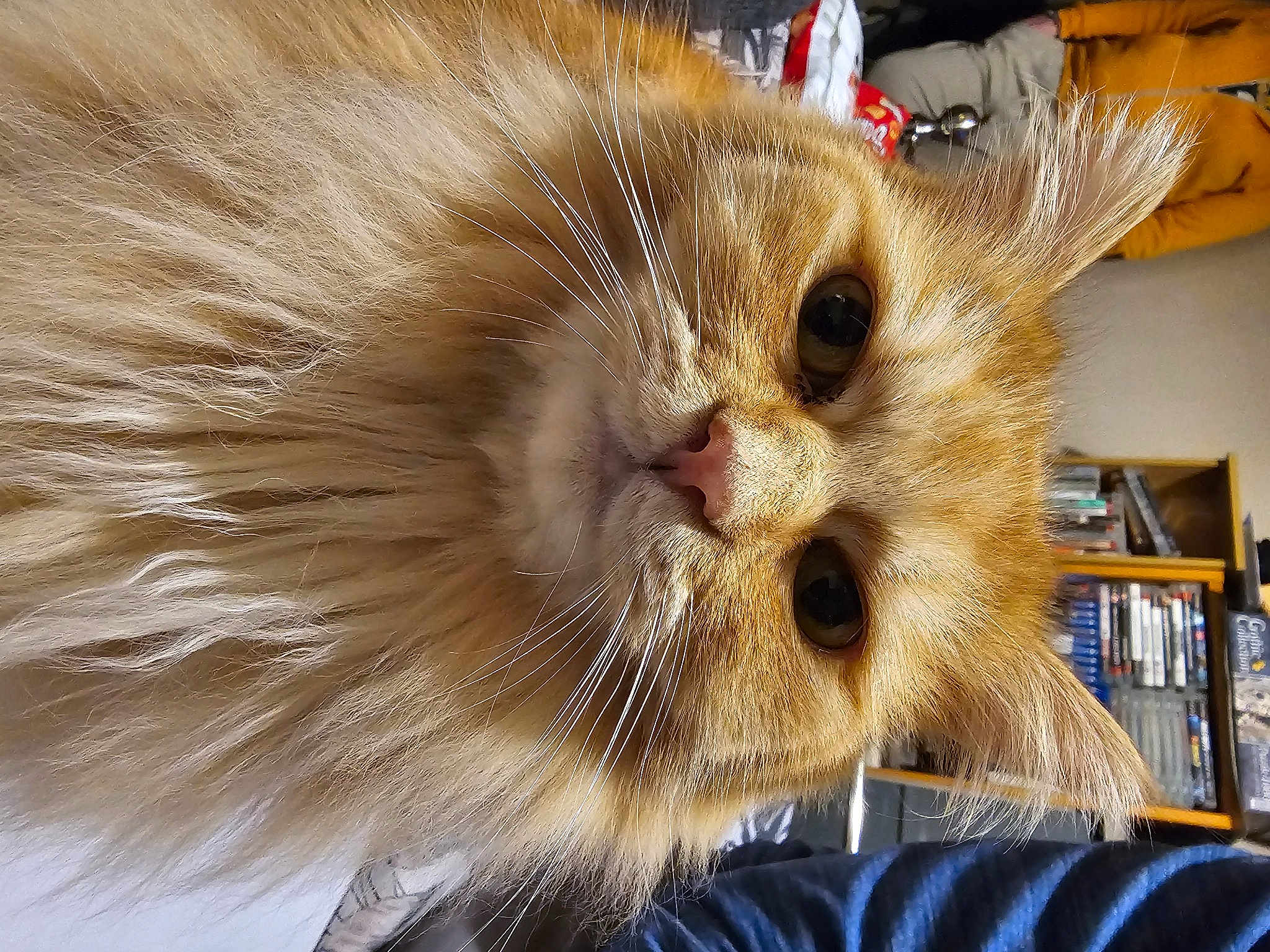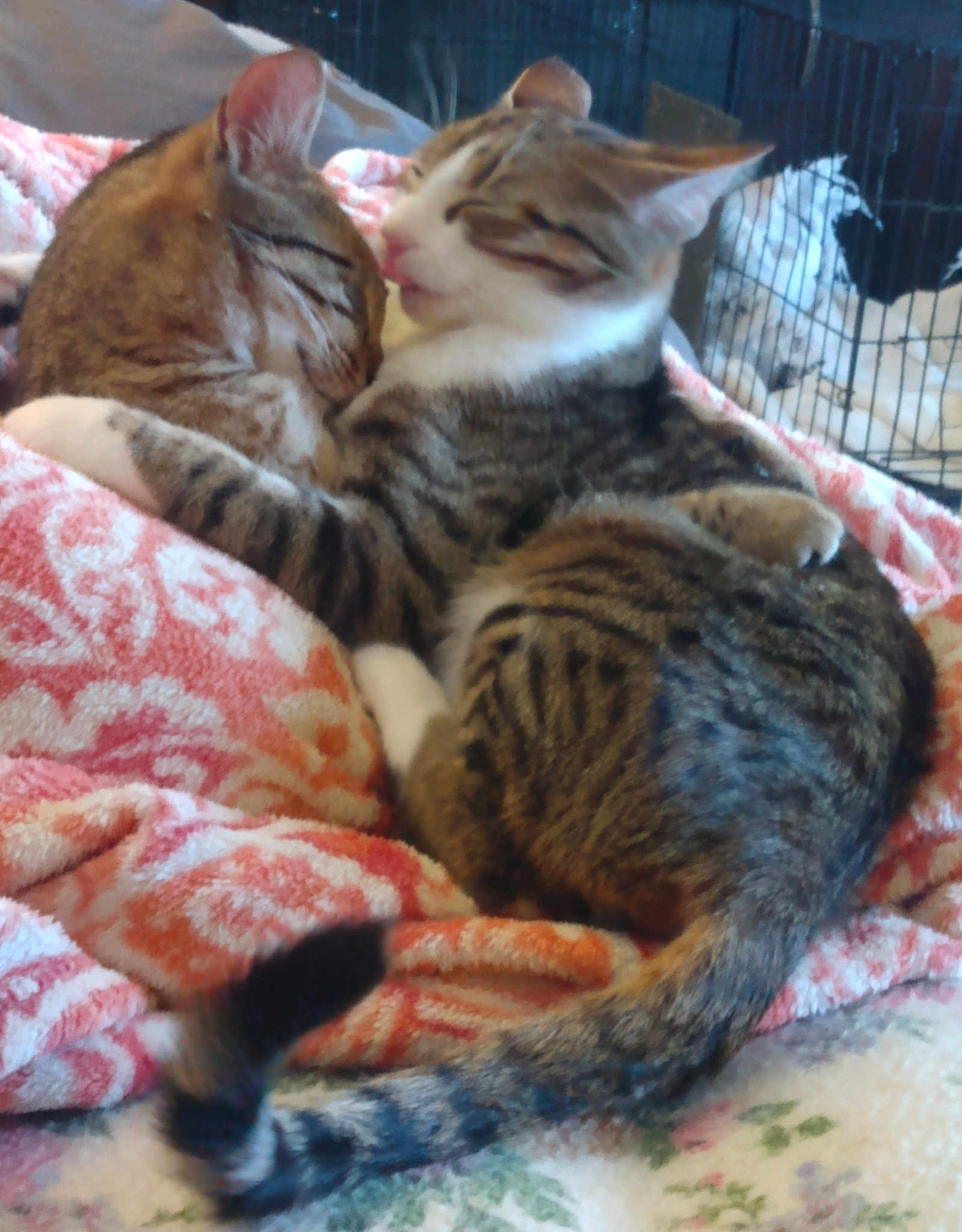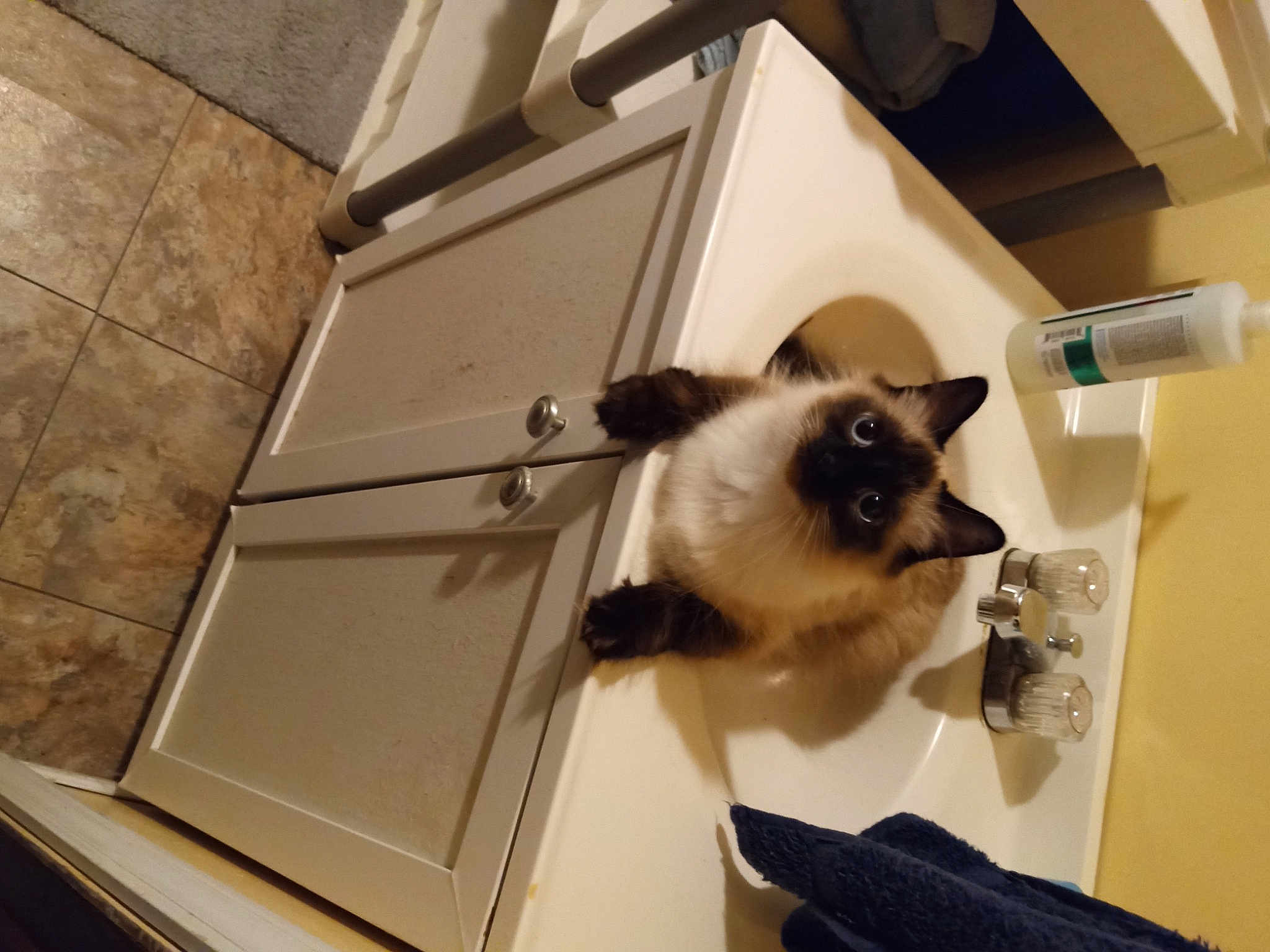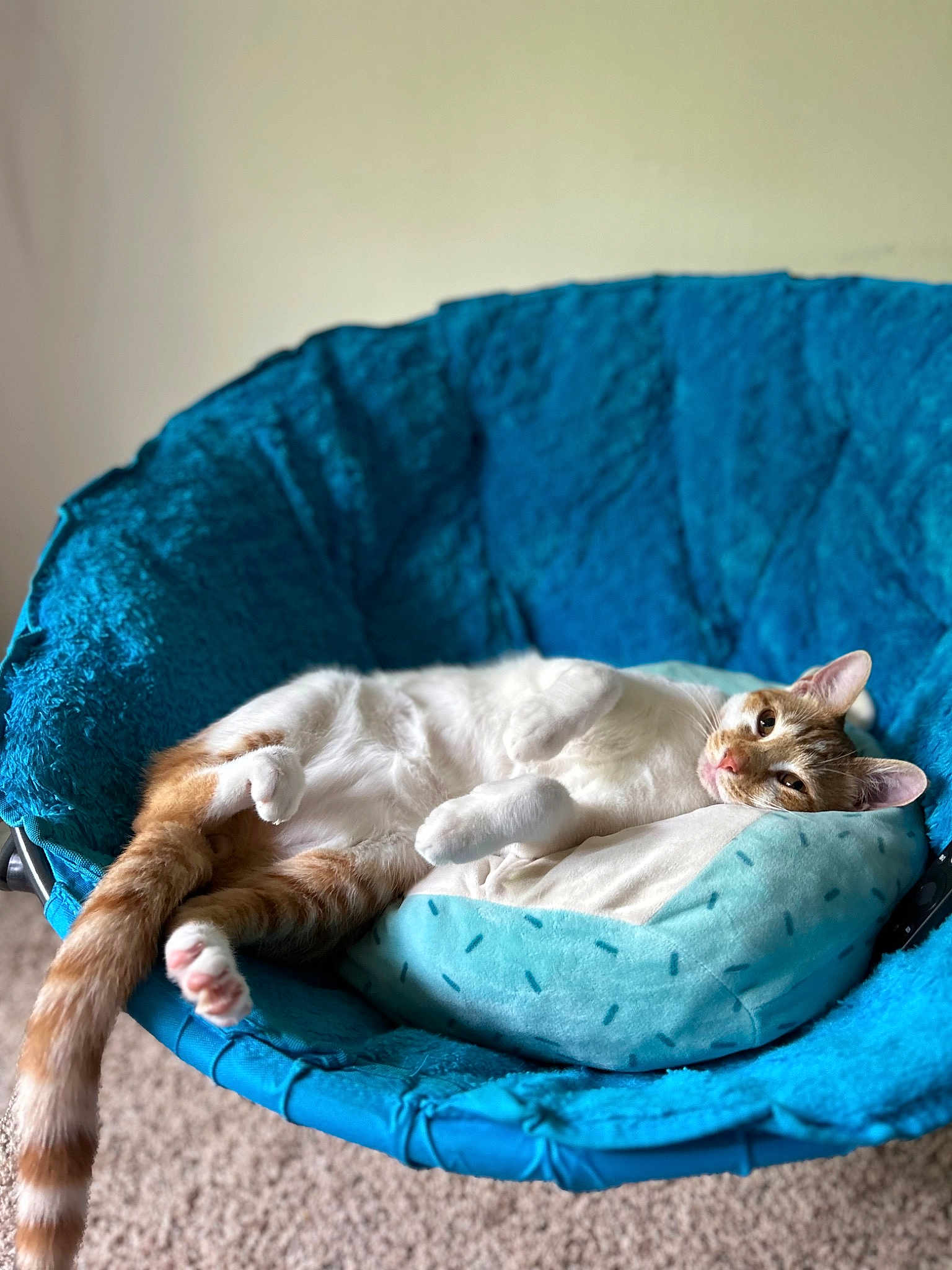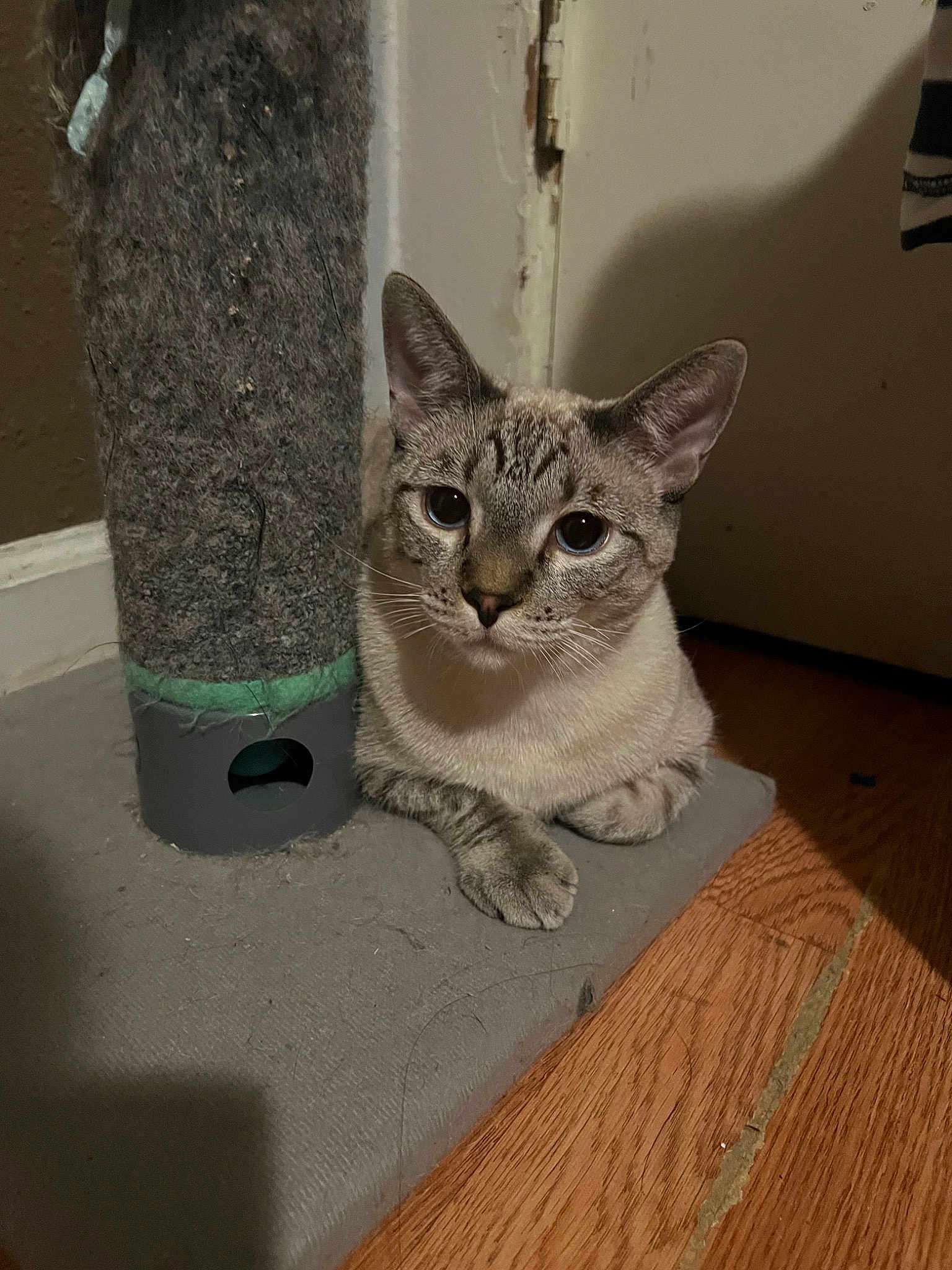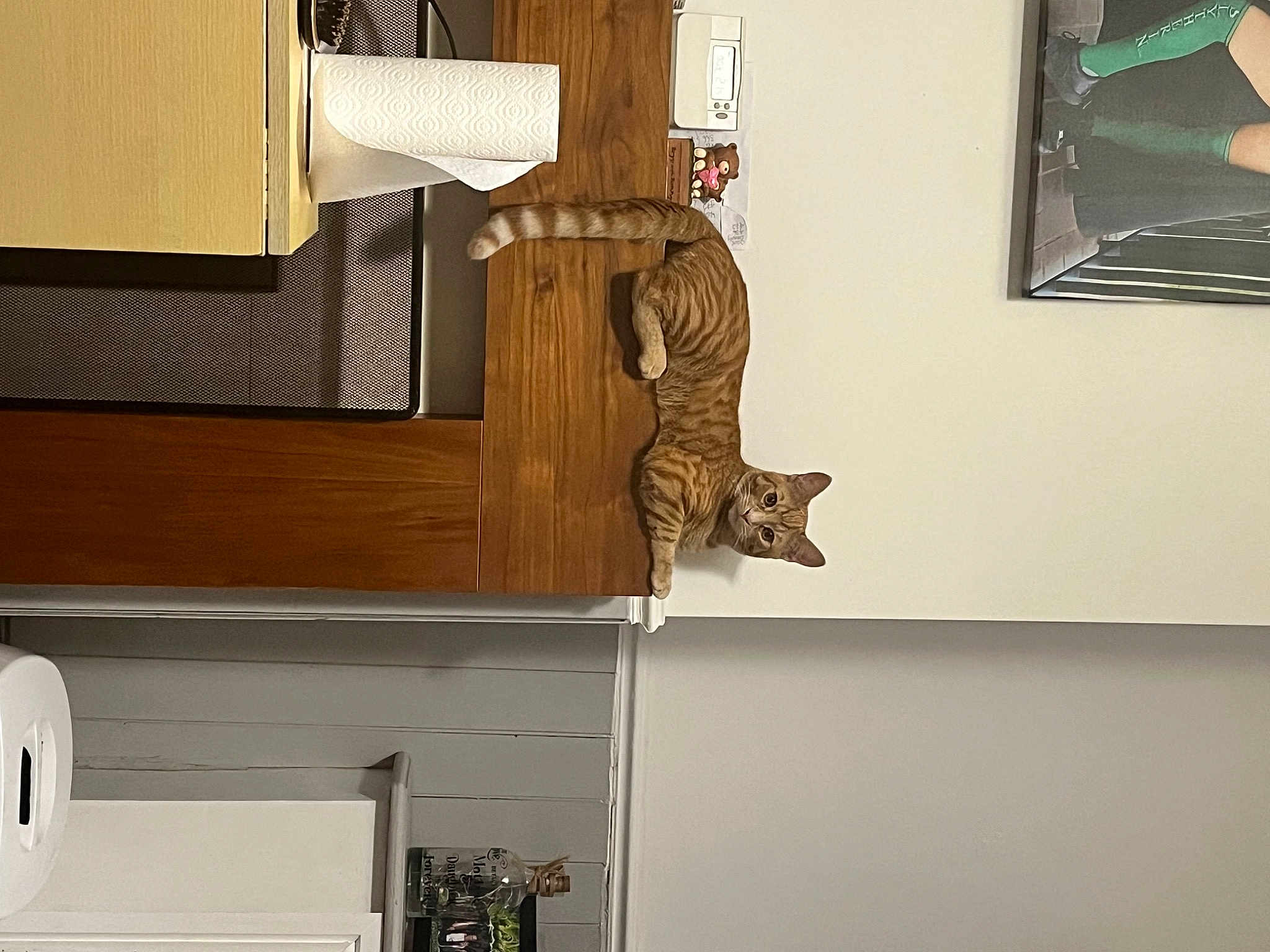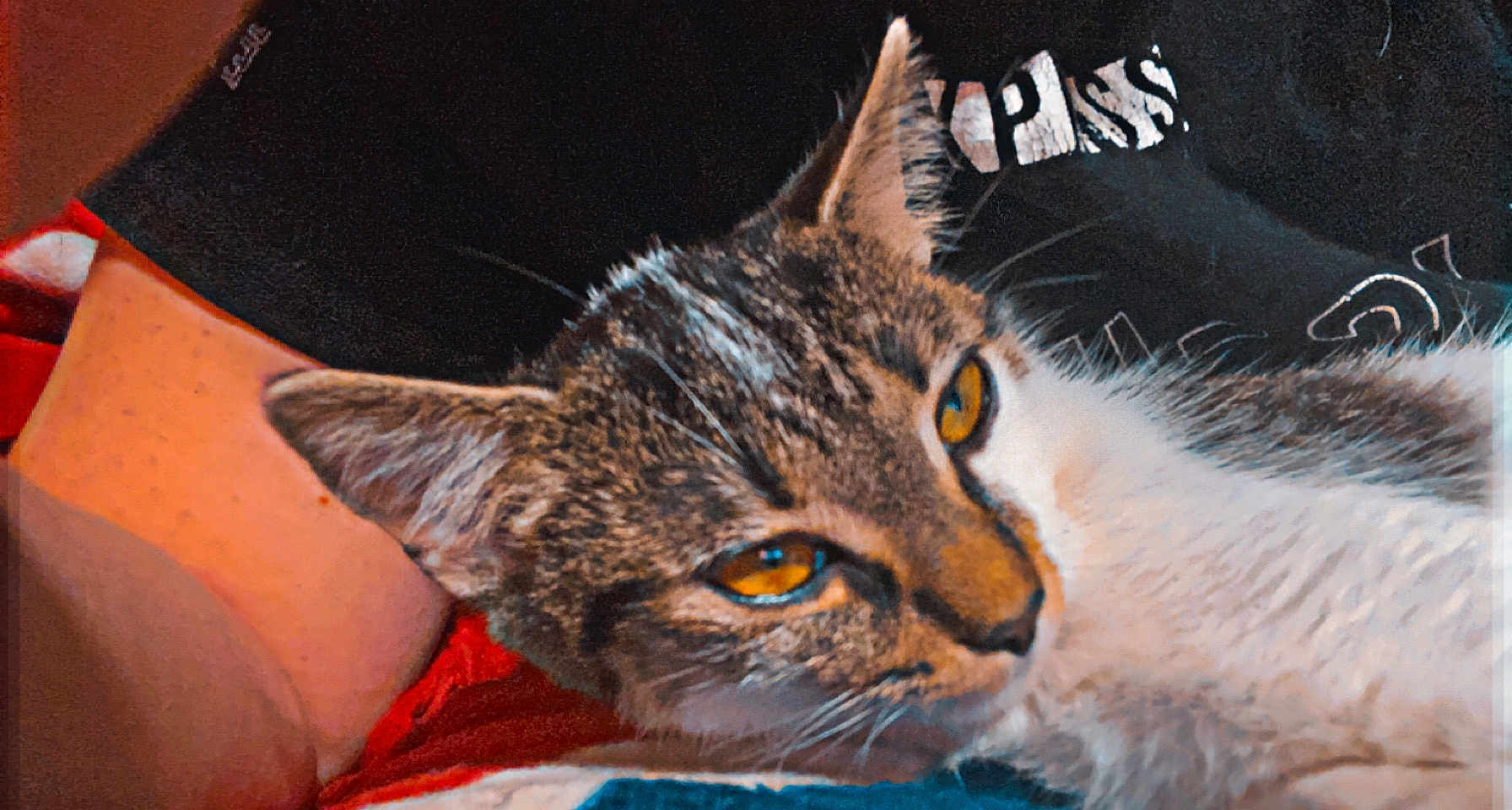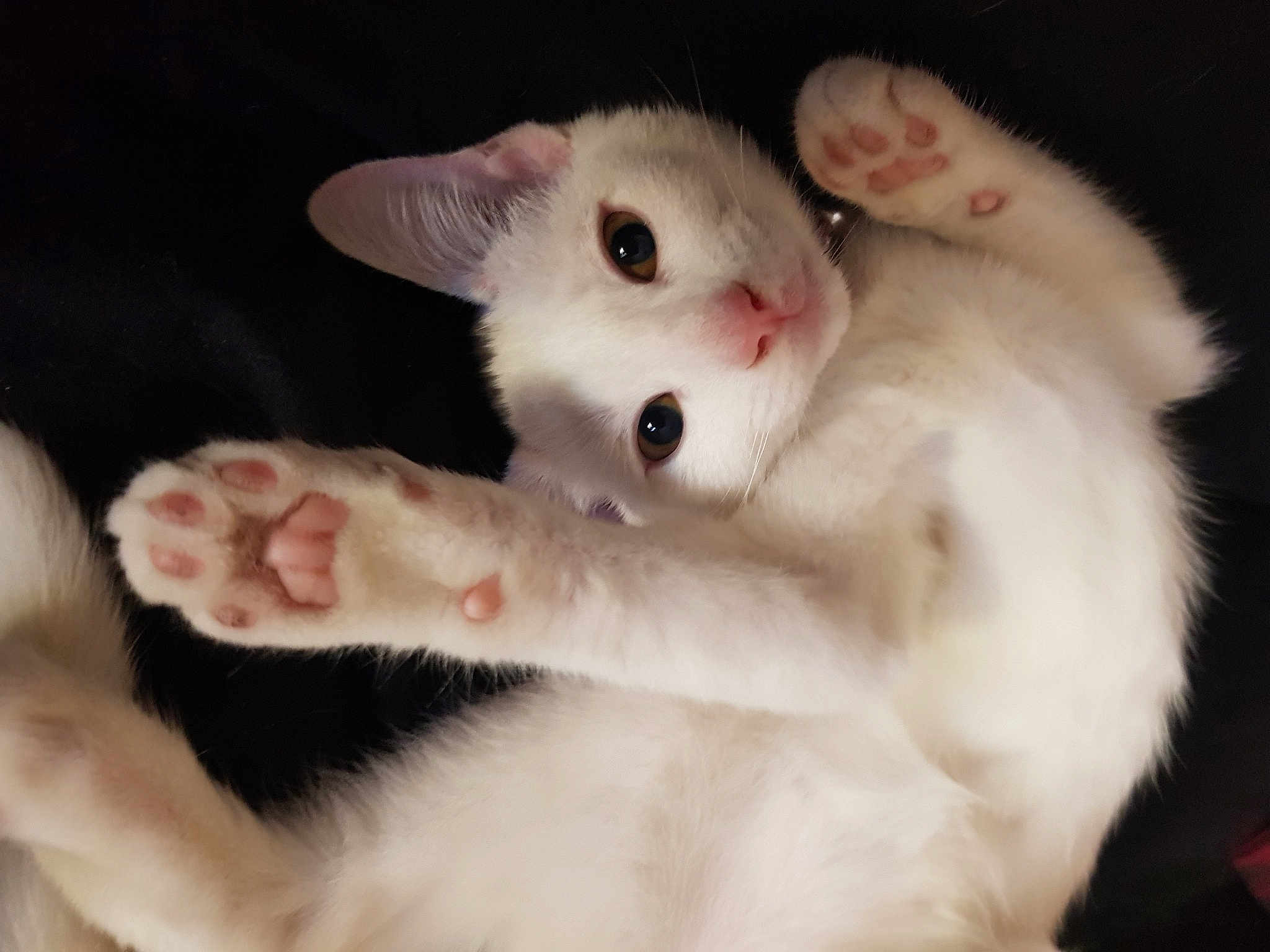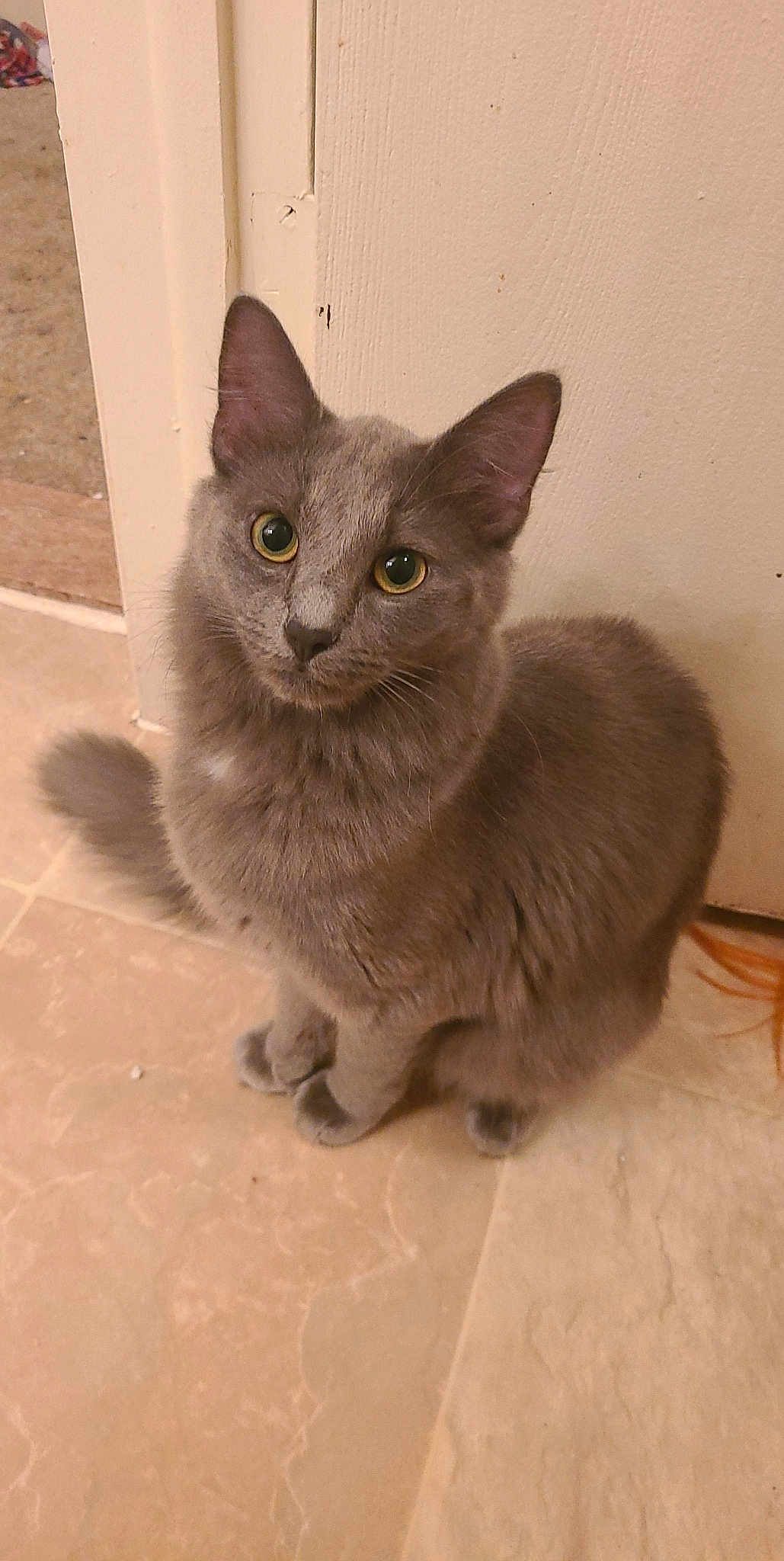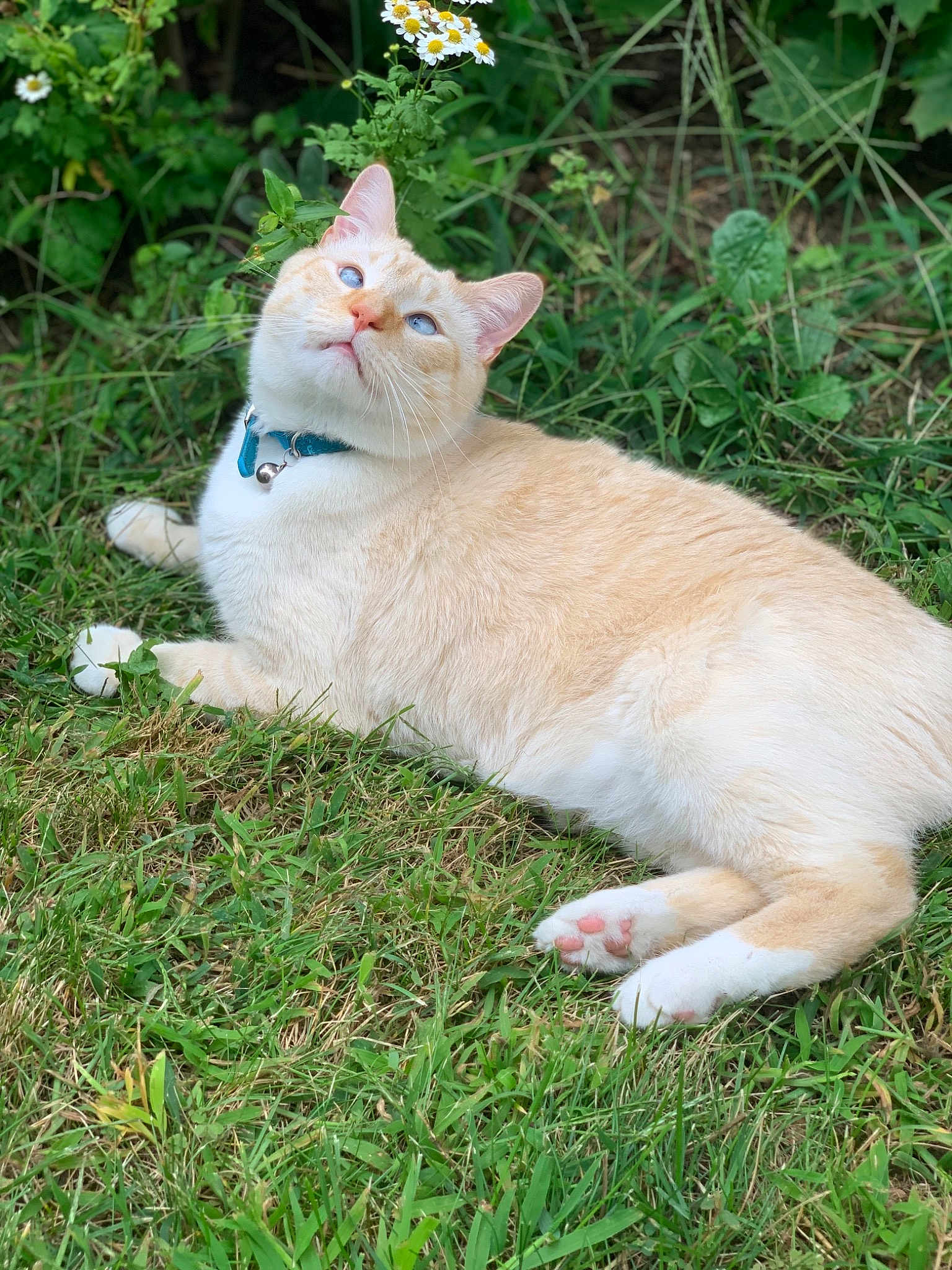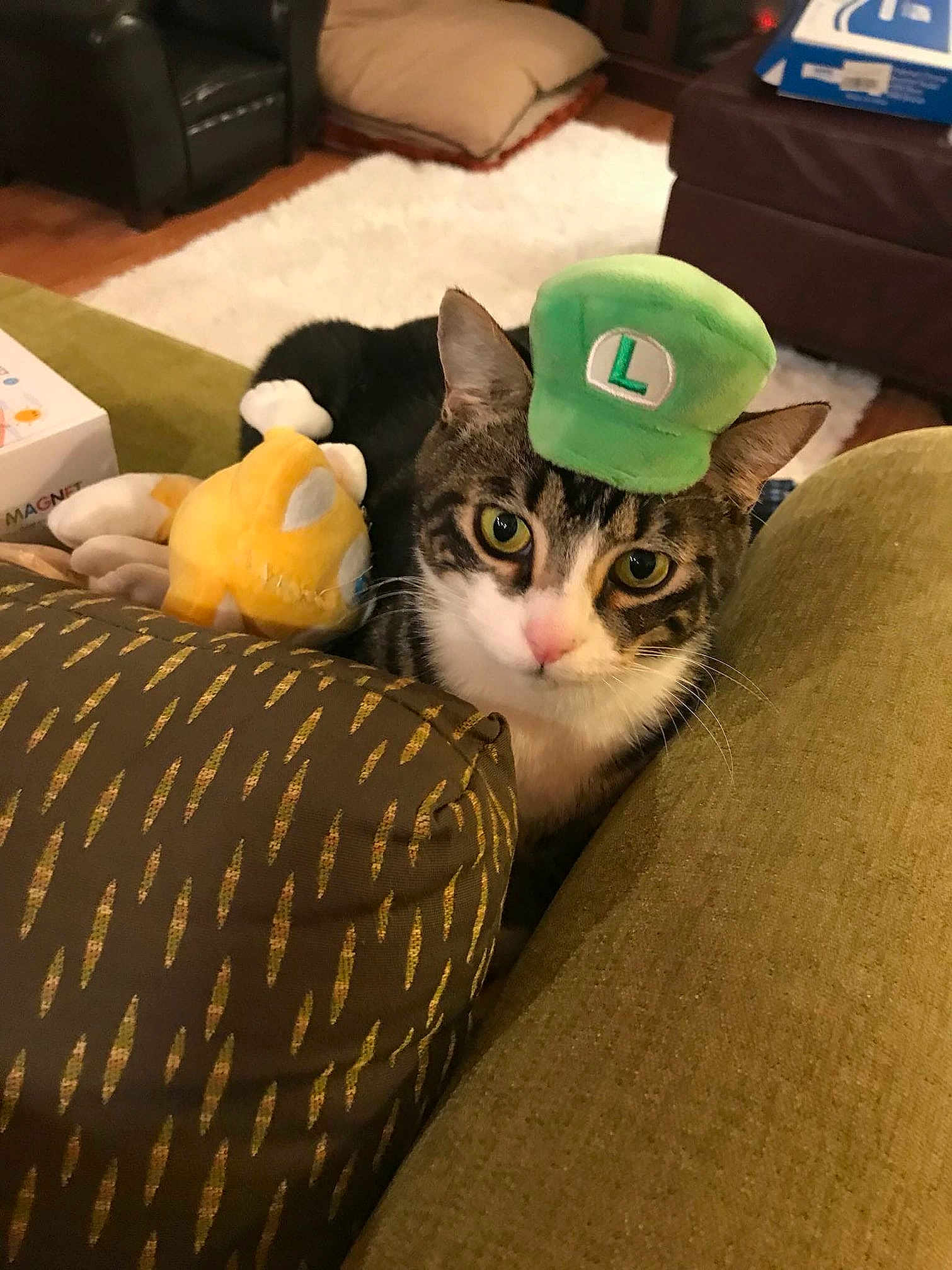
Did you know that the Javanese cat, with its silky fur and playful demeanor, is actually a cousin to the Balinese cat breed? Known for their intelligence and enchanting vocalizations, these cats are a delightful bundle of joy that bring warmth to every household. Let's dive into the fascinating world of the Javanese breed and discover why they are cherished by so many cat lovers.
Personality and Behavior of the Javanese
The Javanese cat is renowned for its playful and affectionate personality. They are highly social animals that thrive on human interaction and companionship. If you're someone who enjoys a talkative pet, the Javanese might just be your perfect match. These cats are known for their chatty nature and will often follow their owners around the house, engaging in playful banter.
Unlike some other cat breeds, the Javanese does not shy away from showing affection. They have a unique ability to sense their owner's emotions and provide comfort. Whether you are having a tough day or simply want to relax, a Javanese cat will be right by your side, offering purrs and cuddles.
Another notable trait of the Javanese cat is their high level of intelligence. They are quick learners and enjoy mental stimulation. Interactive toys, puzzle feeders, and regular playtime are essential to keep their sharp minds engaged. Don't be surprised if your Javanese cat learns to fetch or even open doors; their curiosity and intellect often lead to amusing antics.
The Javanese cat's playful nature also means they retain their kitten-like behavior well into adulthood. They are quite agile and enjoy climbing, leaping, and exploring their surroundings. A home equipped with cat trees and shelves will surely keep a Javanese cat happy and entertained.
One of the most captivating aspects of the Javanese breed is their ability to form strong bonds with their human companions. They are almost dog-like in their loyalty and often choose one person as their favorite.
Meanings, History and Origins of the name Javanese
The Javanese cat's name might suggest an origin in Java, an island in Indonesia, but the history is somewhat different. The breed actually originated in North America in the 1950s through crossbreeding Siamese, Balinese, and Colorpoint Shorthair cats. The goal was to create a breed with the elegance of the Siamese and Balinese, combined with the colorful patterns of the Colorpoint Shorthair.
The name "Javanese" was chosen to complement the Balinese breed, even though neither breed has a direct connection to the Indonesian islands. This naming convention was aimed at evoking an exotic, tropical image, which added to the allure and mystique of these cats.
The Javanese cat’s luxurious coat and slender physique are reminiscent of its Siamese ancestors, while its playful and affectionate personality reflects the traits of the Balinese and Colorpoint Shorthair. This combination has resulted in a breed that is both visually stunning and incredibly loving.
In terms of meaning, the name Javanese doesn't directly translate to any particular trait or characteristic of the breed, but it does contribute to the exotic charm that makes these cats so appealing. The breed's unique blend of qualities and its alluring name create a sense of mystique that continues to fascinate cat enthusiasts around the world.
Popularity of the Javanese
The Javanese cat enjoys a moderate level of popularity among cat enthusiasts. While not as widespread as some other breeds, their unique combination of beauty, intelligence, and affectionate nature has secured them a loyal following. In English-speaking countries such as the United States and Canada, the Javanese cat has gained a steady fan base due to its appealing personality and striking appearance.
In Europe, the Javanese cat is appreciated by a select group of breeders and pet owners who value the breed's distinct traits. Although less common than other breeds like the British Shorthair or Persian, the Javanese cat’s exotic flair and engaging temperament have garnered attention and admiration.
Similarly, in countries like Australia and New Zealand, the Javanese cat is slowly gaining traction as more people become aware of the breed. The global pet community's interest in diverse and unique cat breeds has helped increase the visibility and appreciation of the Javanese cat.
Social media and online pet communities have also played a significant role in boosting the Javanese cat's popularity. Cat owners and enthusiasts share photos, stories, and experiences, further spreading the charm of the Javanese breed. Competitions and events like those held on KingPet have also provided a platform for showcasing the Javanese cat's beauty and charisma.
Health and Care of the Javanese
Like all purebred cats, the Javanese cat requires specific care and attention to maintain optimal health. One of the most common health issues associated with this breed is Progressive Retinal Atrophy (PRA), a genetic condition that can lead to blindness. Regular veterinary check-ups and genetic screening can help detect and manage such conditions early on.
The Javanese cat's semi-longhaired coat, although less prone to matting than the coats of some other longhaired breeds, still requires regular grooming. Brushing your Javanese cat a few times a week can help reduce shedding and keep their fur silky and smooth. This grooming routine also provides an opportunity to check for any skin issues or parasites.
Given their high energy levels, Javanese cats benefit from a diet rich in protein and balanced in essential nutrients. Premium cat foods formulated for active breeds are ideal. It's important to monitor their weight and adjust their diet as needed, as obesity can lead to health problems.
Providing a stimulating environment is crucial for the mental and physical wellbeing of a Javanese cat. Interactive toys, climbing structures, and puzzle feeders can keep them entertained and engaged. Regular play sessions not only provide exercise but also strengthen the bond between the cat and their owner.
Training and Education of the Javanese
Training a Javanese cat can be a rewarding experience due to their high intelligence and eagerness to learn. Positive reinforcement techniques, such as using treats and praise, work well with this breed. Javanese cats can be trained to perform a variety of tricks, use a litter box, and even walk on a leash.
One common challenge when training a Javanese cat is their independent streak. While they are intelligent and capable learners, they also have a mind of their own. Consistency and patience are key to overcoming this challenge. Keeping training sessions short and engaging can help maintain their interest.
Socializing a Javanese cat from a young age is crucial to ensure they grow up to be well-adjusted and confident. Exposing them to different people, environments, and experiences can help reduce anxiety and promote positive behavior.
Interactive play is an effective way to teach a Javanese cat new skills and commands. Toys that mimic hunting behavior, such as feather wands and laser pointers, can make training sessions fun and effective. Incorporating these toys into training can help foster a cooperative and enjoyable learning environment for both the cat and the owner.
Choosing the right cat involves considering various factors, including personality, health needs, and lifestyle compatibility. The Javanese cat, with its blend of intelligence, affection, and playful nature, can be a wonderful addition to the right home. Whether you're a first-time cat owner or a seasoned enthusiast, the Javanese breed offers a unique and delightful companion.
In conclusion, the Javanese cat stands out for its captivating blend of beauty, intelligence, and affectionate nature. With so many Javanese participating in KingPet contests, it's clear that their charm and vivacity resonate with cat lovers everywhere. Choosing a Javanese cat means welcoming a loving and engaging companion that will bring joy and warmth into your home.



